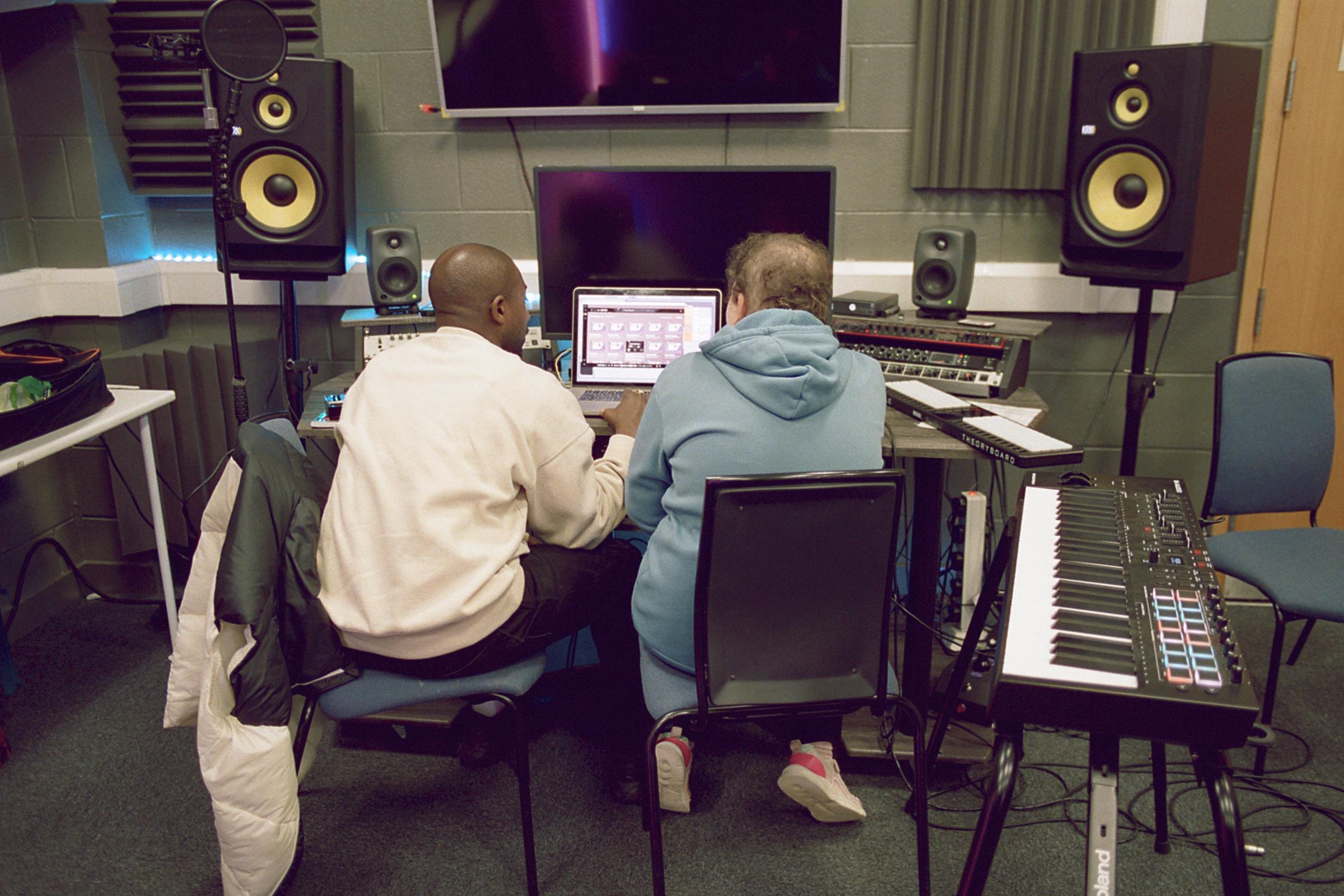
How to talk about private renting
This guide will help you communicate why improving renting is a vital part of ensuring everyone in the UK has a decent, affordable home.
When we talk about improving housing, people often focus on the desire to own a home, with private renting seen as a temporary step along the way.
As a result, improving renting is not always seen and understood as a vital part of what needs to happen to ensure everyone in the UK has a decent, affordable place to call home. Other gaps in understanding can also get in the way of support for policies that would improve private renting.
But we can change this by choosing how we frame our communications.
Invoke what homes really mean to us all
Use the language of ‘homes’
‘Home’ rather than ‘housing’ or ‘property’ primes people to think about what a home really means and its importance. While a rented home is a landlord’s property, crucially, it’s a renter’s home. Talking about it as such helps to ground the conversation in what we all need from our homes.
Talk about home as ‘the foundation’ for our lives
This metaphor highlights why decent quality, affordable homes are so essential. People tend to reason that renting is ‘temporary’, so renters can put up with issues if they have a (basic) roof over their head. This metaphor can counter this. For example:
“Our homes are the foundation for our lives, whether we rent or own our home. Our homes should give us a sense of stability. But too many people are forced to move from their rented home, often at short notice, which undermines this foundation.”
Show why it matters by connecting our homes and our health
Link renting to mental health
This is particularly salient for people so give examples to draw this out, such as the stress of possible eviction versus the benefits to our mental health when we are able to put down roots.
Show how conditions and quality impact health and wellbeing
As well as highlighting the impact of poor quality and issues such as damp and mould, provide positive examples of how good quality rented homes boost our health and wellbeing. This helps to build a sense of efficacy, that it’s possible to change things and worth trying to do so. For example:
“Reforming renting would benefit the health of millions of people. When we’re reassured and confident that we can stay living in our homes for as long as we want or need to, this lifts the burden of stress that’s being carried by far too many of us. Enforcing quality standards would mean everyone who’s renting would have the guarantee of a place to call home that enriches their health.”
Explain to build understanding
Break it down
Most people don’t know much about the policies that would improve renting or how they would work. Use step-by-step explanations to walk people through these ideas and help them see the positive impact. Filling in the gaps helps to show why systemic changes are needed, rather than expecting renters to improve their own situation (such as, by ‘choosing’ a better landlord). For example:
“We all need a good quality home that supports our health. But over one million of us are living in private rented homes that are unsafe, very difficult to heat, or lack a decent kitchen or bathroom.
“So we need the government to strengthen the Decent Homes Standard, which currently sets minimum standards for the condition of social homes, and apply it to private rented homes as well.
“Any landlord failing in their responsibility to comply with the standard would be unable to let the home out and potentially have to refund rent to the person renting. This would hold landlords to account, improve the living conditions of our homes and, as a result, improve our health.”
Watch out for jargon
Language that is not widely understood can create the sense that the issue is too complicated or niche, rather than something that matters to us all. So spell out technical terms or initialisms like the private rented sector (not PRS).
Show we can fix it, to counter fatalism
Talk about concrete solutions
Instead of burying solutions at the end of communications, or missing them out entirely, talk about them early and often. Balance urgency with ‘can-do’ to indicate that change is possible.
Say who can fix it
When we talk about who has the power to change things, we tell a more complete story that shows it’s possible for people to act, and avoids the sense that we have to accept things as they are. This helps to overcome the idea that it’s just up to individuals to ‘work really hard’. For example:
“We need the government to act to ease the pressure on renters who are being squeezed by the rising cost of living.
“We know there is a better way, we’ve seen that governments can act to cap energy bills and have stepped in to protect renters during the pandemic.
“But those of us in private rented homes have been left to struggle, with 45% of private renters seeing a rent increase in the last year. We need the government to act again now and do the right thing.”
Explain what is meant by affordability
It’s a good idea to explain what we mean by concepts like security of tenure and affordability, rather than leaving people to fill in the gaps. People can see affordability as a matter of individual preference and spending habits. Unless we explain it, this makes it hard for them to see that affordability should be officially redefined.
Use real-life stories to connect people with a range of experiences
Tell diverse stories
Tell a range of stories that bring different experiences of renting to life. This will also help to show that renting is not only ‘temporary’ or for younger people, but that families with children and older people also rent, and they also need renting to be improved to meet their needs.
Add scale and context
When telling stories from lived experience, ask and answer questions that draw out scale and context, so that stories and inequities can’t be explained away or written off. For example:
- Does this affect a lot of people who [are lone parents/experience a long-term health condition/etc]? Why, or why not?
- Are there lots of people in your neighbourhood who are affected by [X]? Are there others in the same situation as you?
- What support have you had? What support should you have had?
- What could have prevented this?
Talk about ‘options’ not ‘choices’
Whether you’re making the case for improving private renting or for improving other options like social homes, talk about ‘options’ instead of ‘choices’. This helpfully frames the conversations in terms of what is (or isn’t) available, rather than individual choice, which can trigger the mindset that people ‘just need to make better choices’.
Any questions?
Watch our webinar on How to talk about private renting, for anyone who writes and talks about the importance of improving and reforming private renting.
Get in touch with Sophie Gordon at sgordon@frameworksuk.org or natalie.tate@jrf.org.uk.
For more information about framing, visit the FrameWorks UK website.

This resource is part of the narrative change topic.
Find out more about our work in this area.
